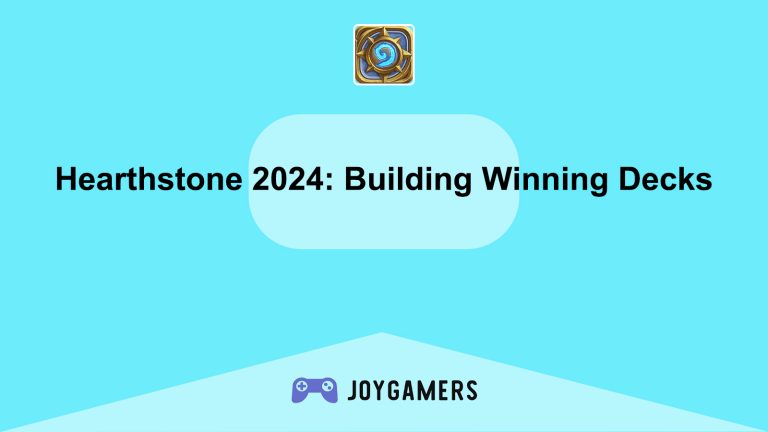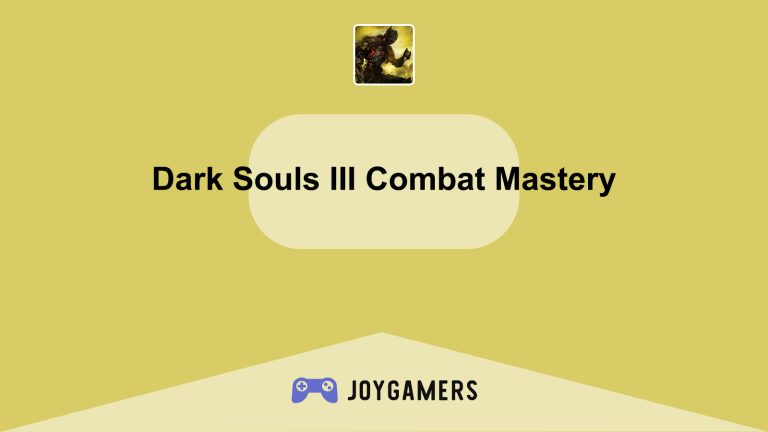Building a Balanced Team Composition
In Valorant, your team’s composition is crucial to gaining a strategic advantage. A balanced team with a mix of duelists, controllers, sentinels, and initiators can adapt to various scenarios, making it difficult for opponents to predict and counter your moves effectively.
- Choose Agents Based on Synergy: When selecting agents, consider how their abilities complement each other. For example, Viper’s toxic screen combined with Sova’s reconnaissance tools can control and gather intel simultaneously, creating openings for aggressive plays or safe planting opportunities. Ensure that each agent’s role supports the overall team strategy, whether it’s securing site control, gathering information, or flank protection. Evaluate the synergy in terms of area denial, intel gathering, and spike planting or defusing scenarios to ensure a well-rounded approach.
- Balance Between Attack and Defense Capabilities: A common mistake is focusing too much on either offensive or defensive capabilities. Teams should feature agents who can pivot between roles depending on the round’s requirements. For instance, Omen can provide smokes for offensive site pushes and also delay enemy advances when defending. Striking a balance helps in maintaining pressure across rounds regardless of your team’s position as attackers or defenders. This strategy keeps the enemy guessing and allows for flexibility in tactics.
Mastering Map Knowledge and Control
Superior map knowledge in Valoral can turn the tide of any match. Understanding each map’s layout, common choke points, and advantageous positions is essential for strategic play and successful navigation.
- Learn Common Choke Points and Angles: Each map in Valorant has specific areas that frequently see high traffic and confrontations. Familiarize yourself with these zones to set up defenses or prepare for breaches effectively. For instance, knowing that the B Site on Ascent can be approached from multiple angles allows defenders to position themselves in ways that cover all entry points without exposing themselves to unnecessary risk. Attackers can use this knowledge to feign pressure on one point while actually committing to another.
- Utilize Control Abilities Strategically: Controllers like Brimstone or Astra can use their abilities to manipulate sightlines and movement paths on the map. Use these abilities not just to support a site take but also to cut off enemy rotations and retreats. Effective use of smokes, walls, and stuns at critical points can isolate parts of the map, forcing the enemy into unfavorable engagements or deterring them from defusing the spike. This level of strategic depth requires teams to communicate constantly and update their strategies based on the current situation.
Effective Communication and Team Coordination
Communication is the backbone of success in Valorant. A team that communicates well can coordinate complex strategies, adapt to changing game dynamics, and effectively counter opponents’ moves.
- Develop Clear Communication Protocols: Establish clear, concise communication methods. Use specific callouts that are understood by all team members to describe locations, enemy positions, and intended strategies. For example, instead of saying “enemy near me,” specify “enemy Omen, back of B site, near the boxes.” This precision eliminates confusion and speeds up the decision-making process, allowing for quicker reactions during crucial moments.
- Regular Strategy Reviews and Adjustments: After each round, quickly discuss what worked and what didn’t. This helps in refining tactics and preparing for the next round based on the enemy’s observed behaviors and patterns. If a particular setup or strategy fails consistently, the team should be open to adjusting roles or tactics rather than sticking to a failing plan. Adaptability can often lead to turning around a series of lost rounds.
Advanced Tactical Play: Utilizing Economy and Ultimates
Understanding and managing the in-game economy and ultimates can provide significant advantages in Valorant. These elements should be strategically used to maximize their potential impact each round.
- Economic Management: Managing your team’s economy involves deciding when to buy, save, or opt for a half-buy to balance the potential for winning a round against the risk of being financially crippled for subsequent rounds. A well-timed save round can allow for a full buy, giving your team the tools needed to mount a strong comeback. Conversely, mismanagement can lead to a series of poorly equipped rounds, making it harder to defend or attack successfully.
- Strategic Use of Ultimates: Ultimates can change the course of a round or even a match when used correctly. Coordinate with your team to make the most of these powerful abilities. For example, combine Killjoy’s Lockdown with Breach’s Rolling Thunder to clear and secure a site for planting the spike. Timing is crucial; using ultimates when they can maximize impact, such as during critical rounds or to shift the momentum of the game, can often lead to victory.
By mastering these tactics and strategies, players can significantly improve their gameplay and competitive standing in Valorant. Each aspect, from team composition and map control to communication and economic management, plays a vital role in navigating the complexities of the game and achieving success in competitive play.




